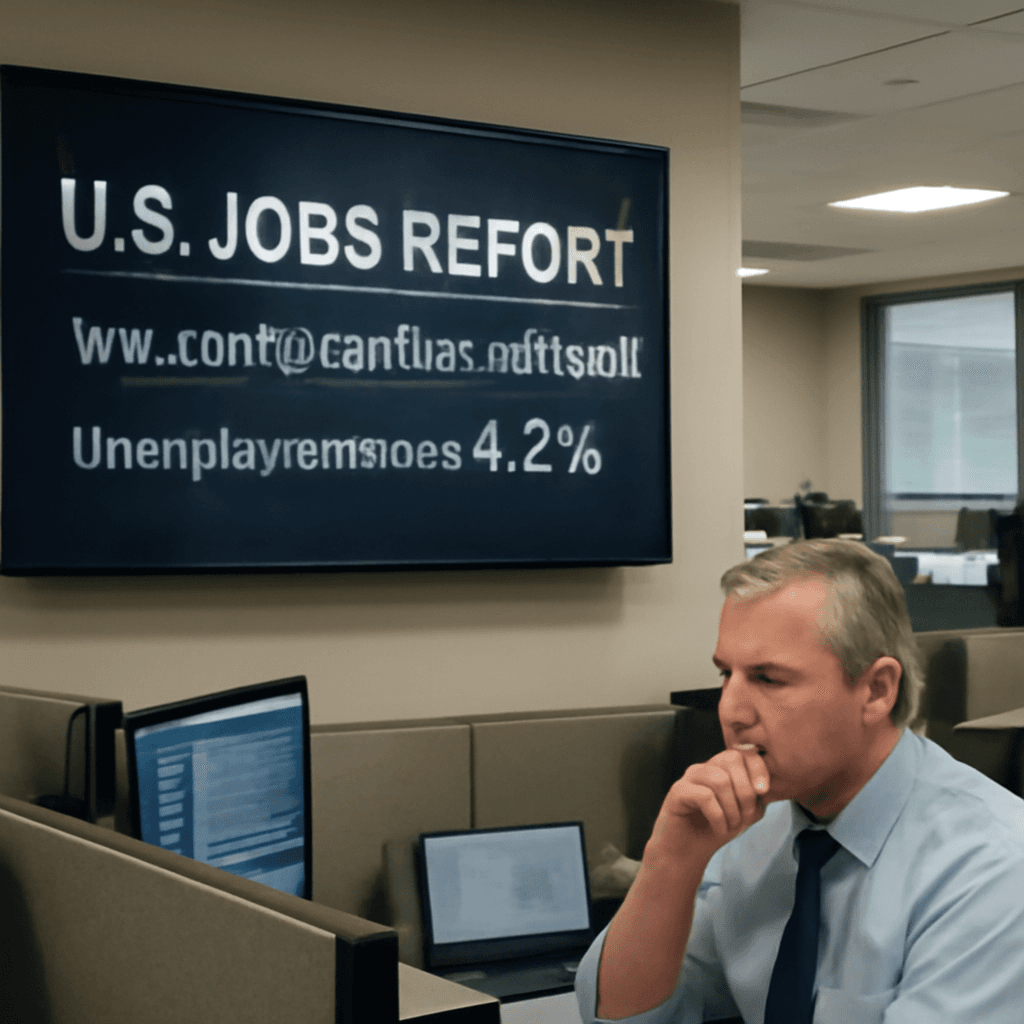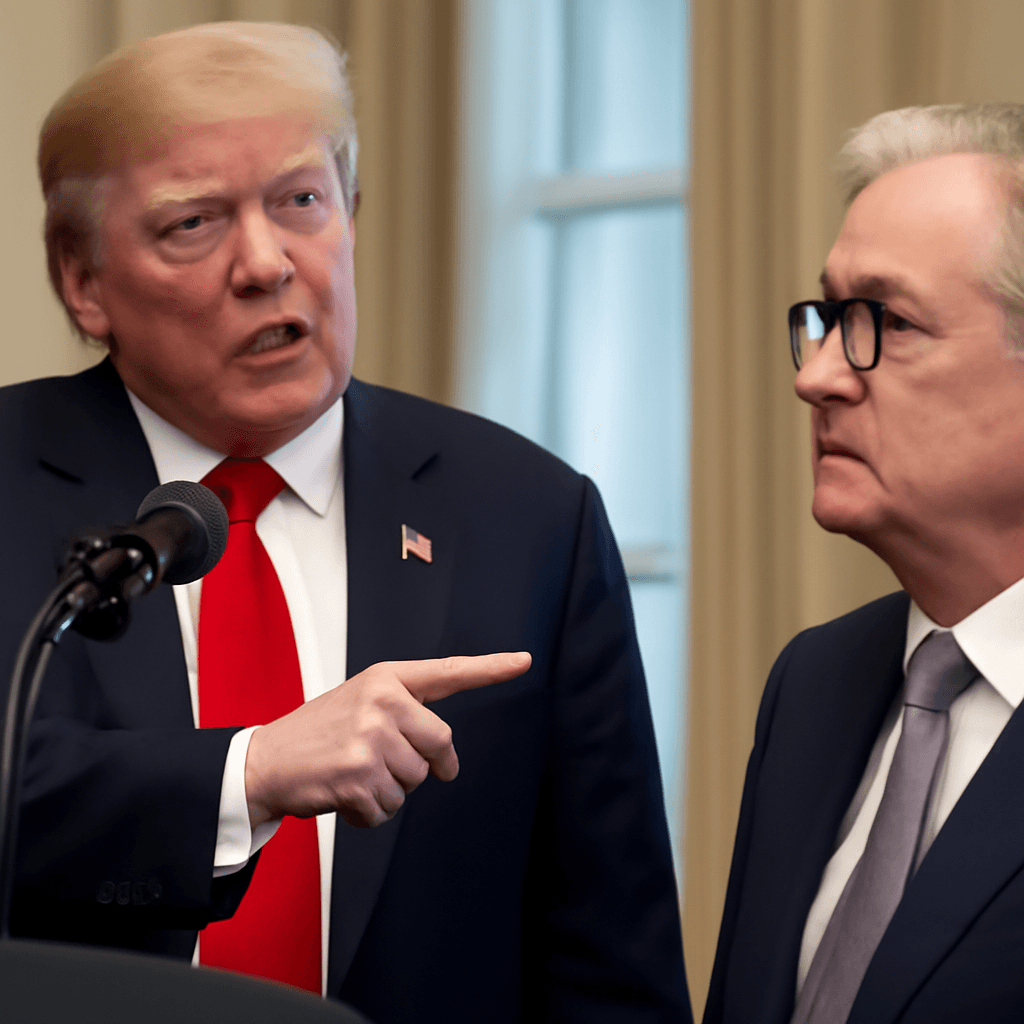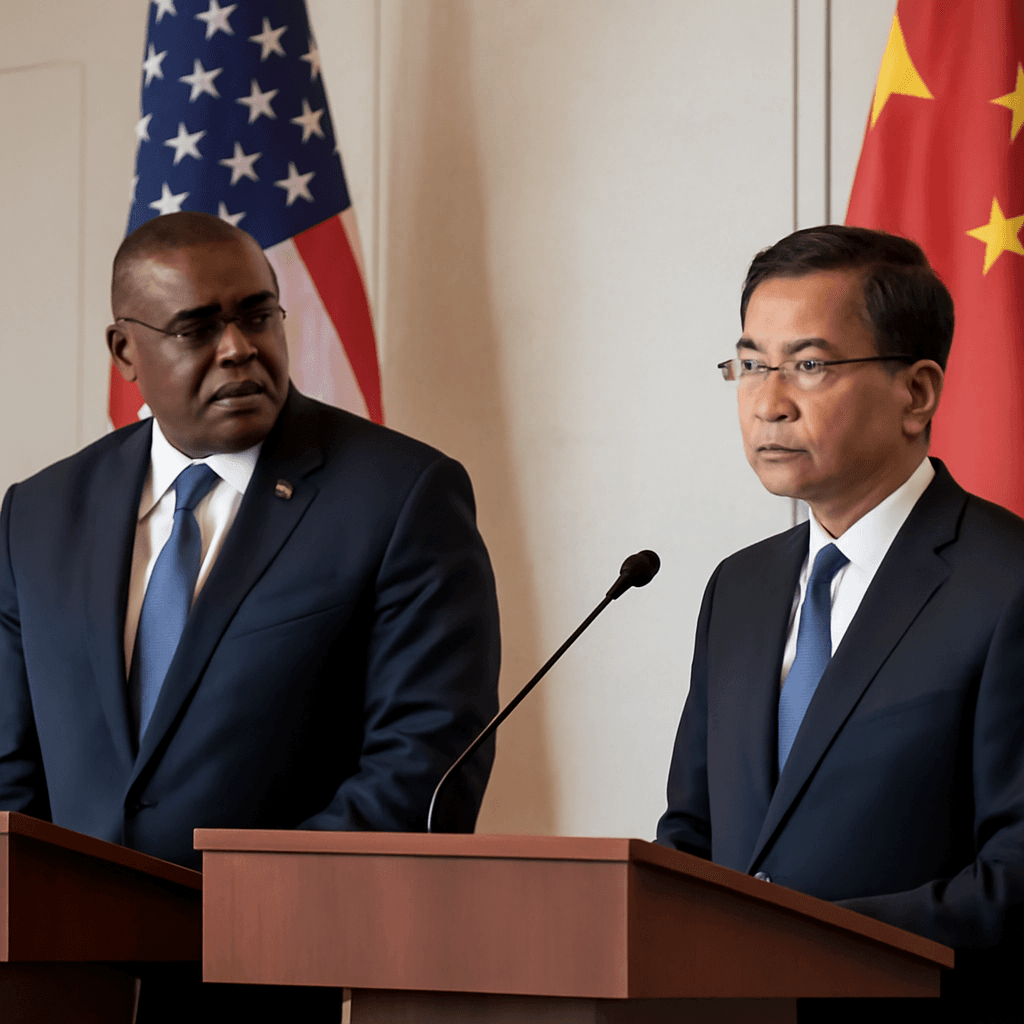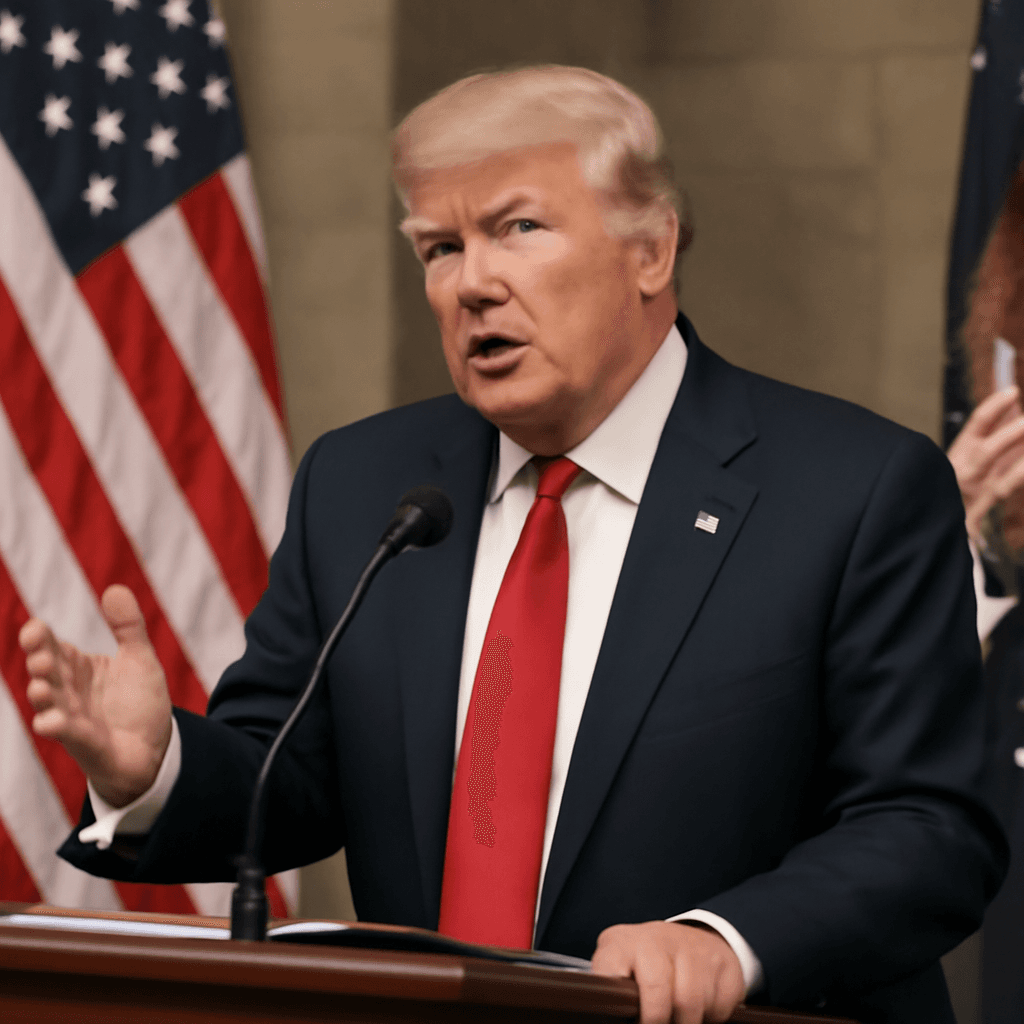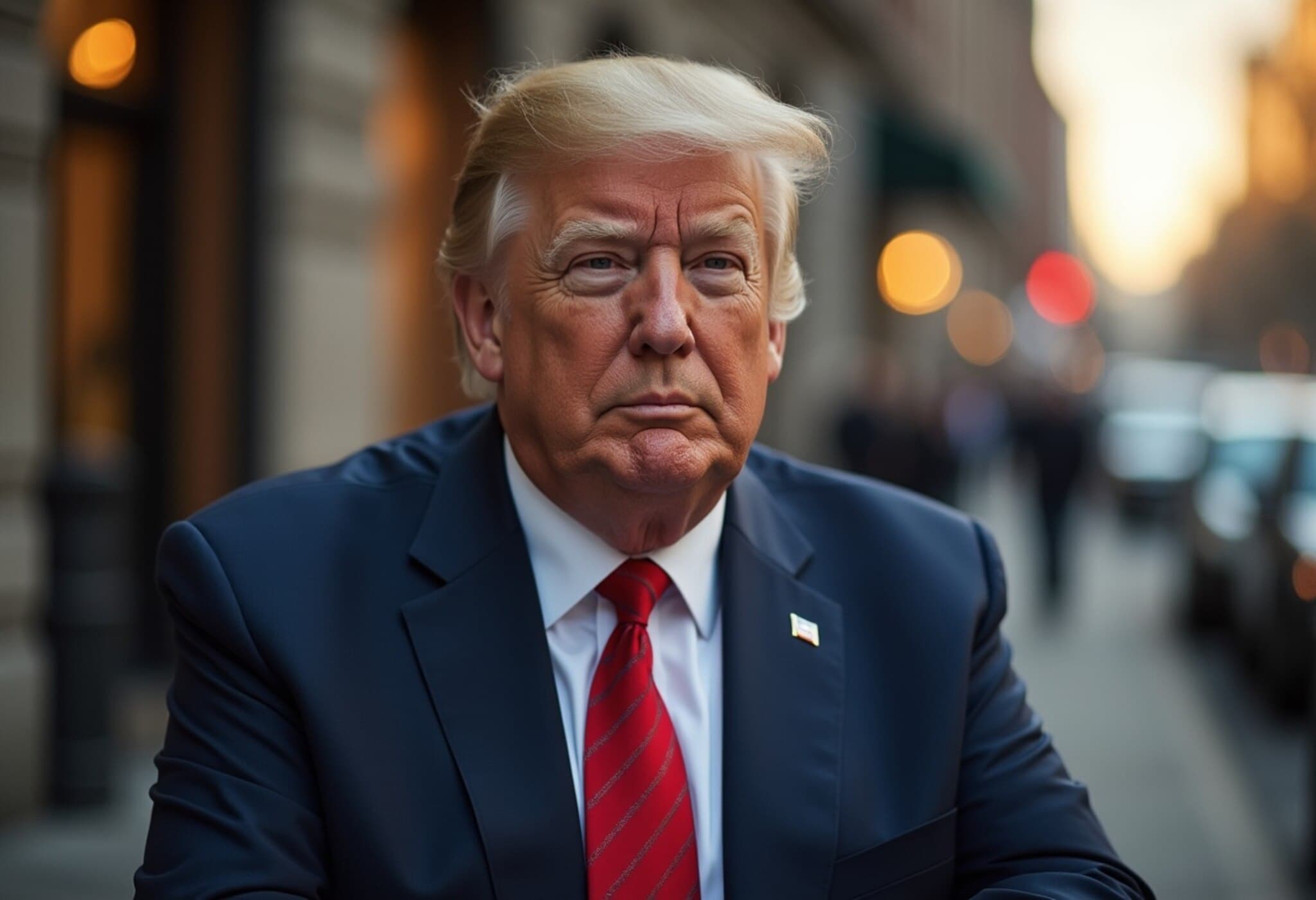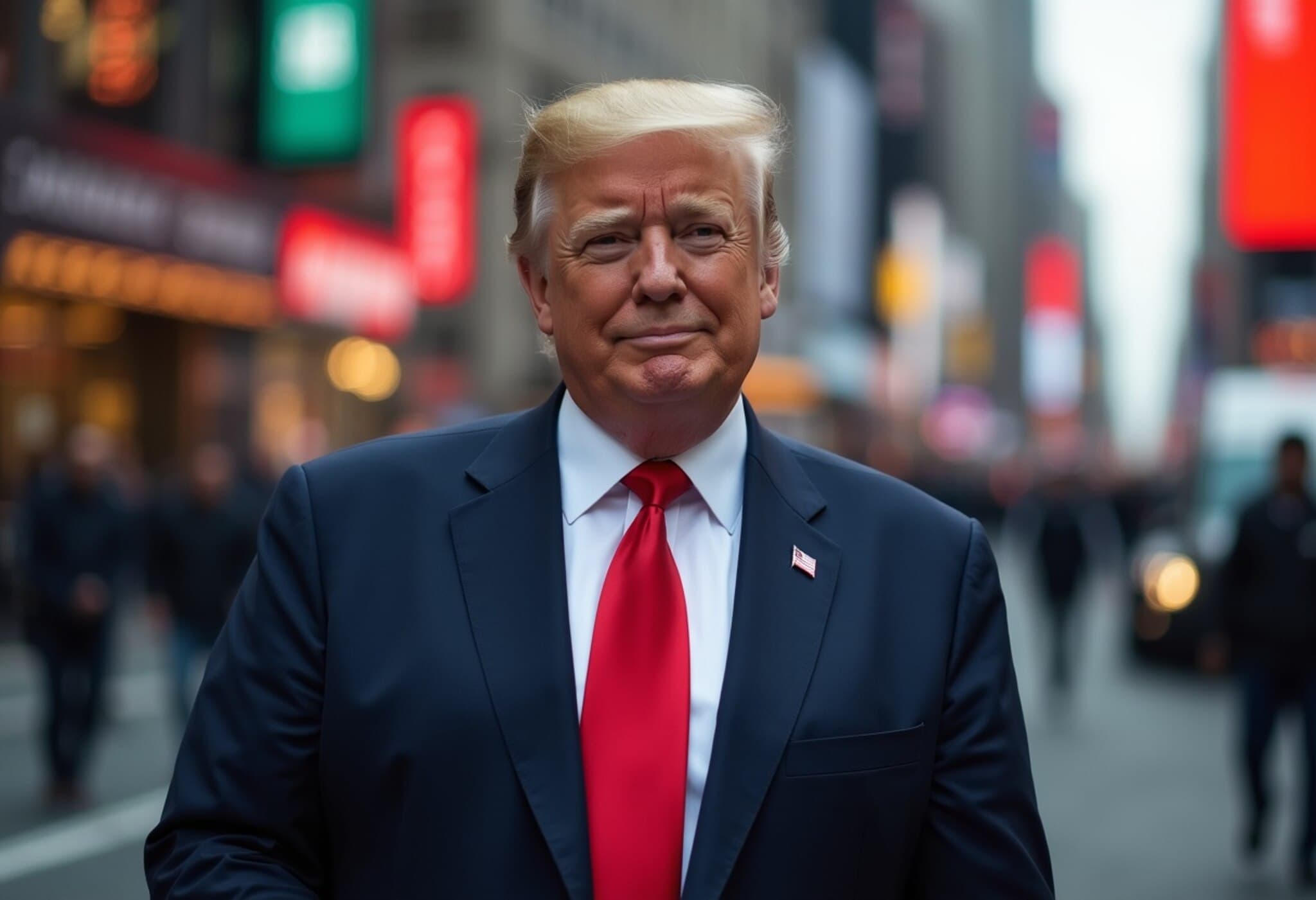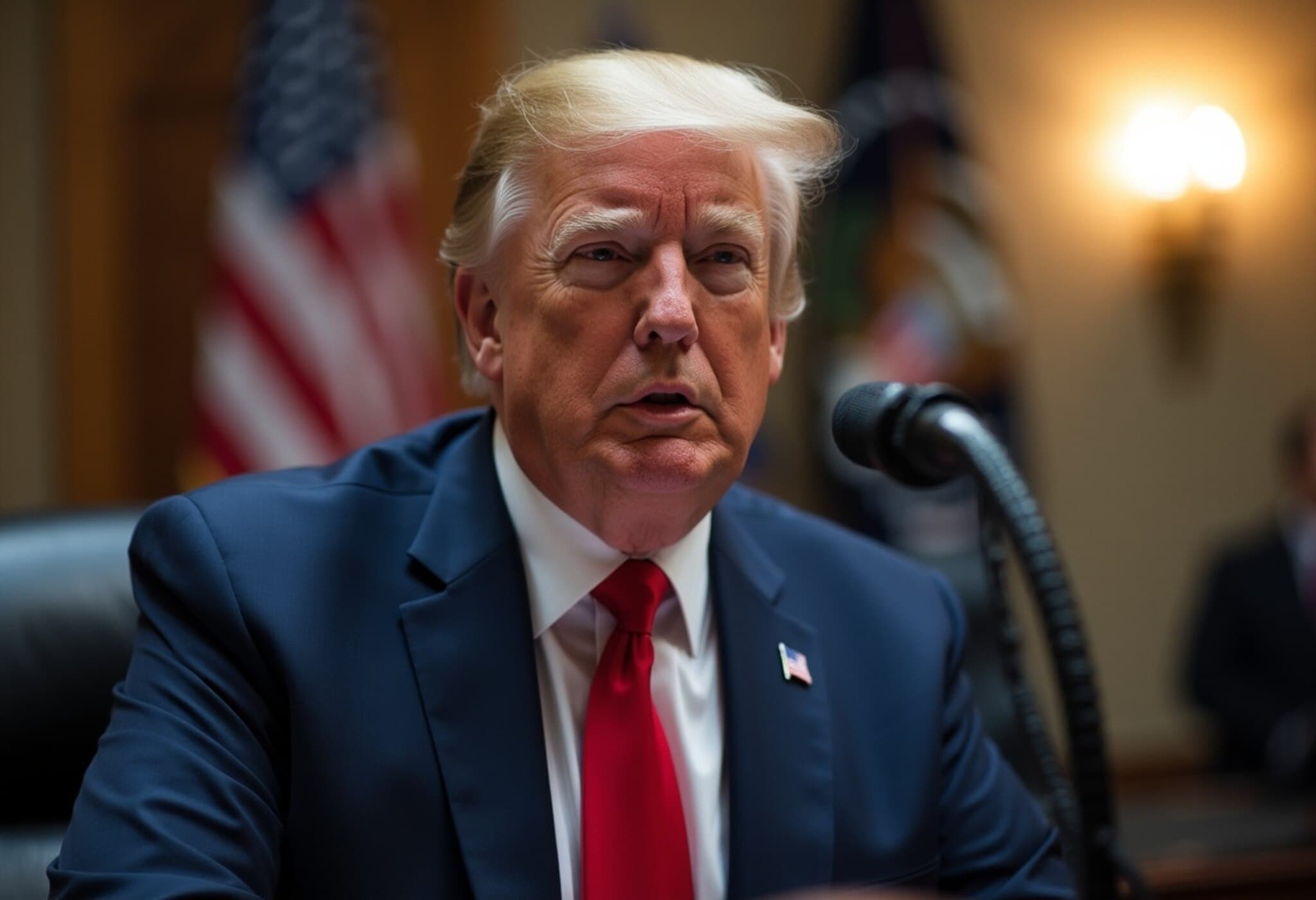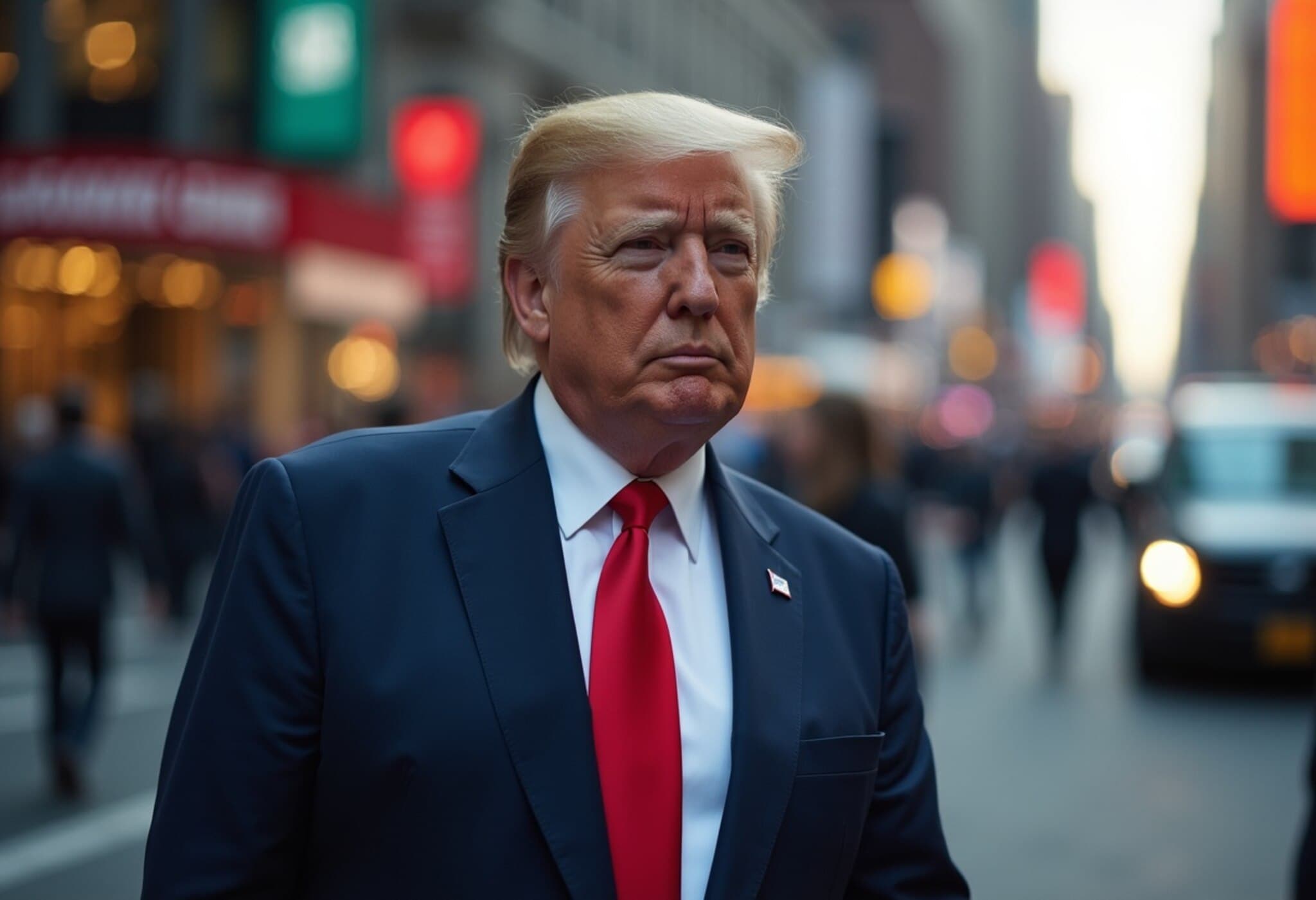Private Sector Jobs Bounce Back Strongly in July
After a disappointing dip in June, private sector hiring roared back with a robust gain of 104,000 jobs in July, according to the latest report from ADP. This substantial increase not only erased June’s revised loss of 23,000 jobs but also surpassed economists’ expectations, which had anticipated a more modest growth of 64,000 positions.
Understanding the Broader Labor Market Context
While the pace of hiring has slowed compared to the frenetic job growth seen last year, last month’s figures mark the strongest performance since March. This signals that the labor market remains more resilient than many feared amid ongoing economic headwinds such as persistent inflation and geopolitical uncertainties.
ADP's Chief Economist, Nela Richardson, emphasized this point: "Our hiring and pay data are broadly indicative of a healthy economy. Employers have grown more optimistic that consumers—the backbone of the economy—will remain resilient." This optimism plays a crucial role in underpinning economic growth, especially as consumer spending accounts for roughly two-thirds of U.S. GDP.
Sector Highlights: Where Jobs Were Added and Lost
The leisure and hospitality sector, a key bellwether for consumer demand, led hiring with 46,000 new positions. This reflects renewed confidence as Americans continue to spend on dining, travel, and entertainment despite inflationary pressures.
- Financial activities: Added 28,000 jobs, benefiting from ongoing demand in banking and financial services.
- Trade, Transportation, and Utilities: Gained 18,000 jobs, supporting supply chain and distribution networks.
- Construction: Saw an increase of 15,000 jobs, signaling ongoing investment in infrastructure and housing.
Interestingly, hiring gains were mostly driven by medium and large businesses, with each adding 46,000 jobs. Small businesses, those with fewer than 50 employees, contributed a smaller share—just 12,000 new jobs—highlighting the challenges smaller firms face amid rising costs and labor shortages.
However, there were notable declines as well. The education and health services sectors experienced a loss of 38,000 jobs, raising questions about potential shifts in public funding, workforce dynamics, or seasonal factors.
Wages and the Inflation Debate
Wages rose at an annualized rate of 4.4% in July, aligning with recent months’ trends. This steady wage growth provides some relief to workers but poses a delicate challenge for policymakers striving to balance inflation control without derailing the labor market’s momentum.
The Road Ahead: What This Means for the Upcoming BLS Report
The ADP employment data often serves as a preview of the more comprehensive nonfarm payrolls report released by the Bureau of Labor Statistics (BLS). While the two reports sometimes diverge, with the BLS June report showing an increase of 209,000 jobs including government positions, economists are forecasting a more modest gain of around 100,000 jobs for July. The unemployment rate is expected to nudge upward slightly to 4.2%.
Given the mixed signals from various sectors and ongoing economic uncertainties—like potential trade tensions and fluctuating consumer confidence—the upcoming BLS numbers will be closely watched for indications of underlying labor market health.
Expert Insight: The Bigger Picture
From a policy perspective, the rebound in private sector hiring suggests that the Federal Reserve’s efforts to tame inflation through interest rate adjustments may be balancing on a knife’s edge. Sustained job growth supports consumer spending, which in turn fuels GDP, but it could also intensify wage-driven inflationary pressures.
Moreover, the uneven hiring dynamics between company sizes highlight structural challenges for smaller enterprises in recruiting and retaining talent, an issue that could have long-term implications for economic diversification and resilience.
Summary
- 104,000 private sector jobs added in July, surpassing expectations and reversing June’s losses.
- Leisure and hospitality lead hiring gains, reflecting continued consumer demand.
- Wage growth steady at 4.4%, balancing worker earnings with inflation concerns.
- Small businesses face hiring hurdles compared to larger firms.
- Upcoming BLS report will provide a fuller picture, with economists expecting a slower but still positive job growth trajectory.
Editor's Note
July’s private sector hiring surge provides a hopeful sign in a labor market navigating headwinds—from inflation to policy tightening. Yet, beneath the headline numbers lie uneven sector performances and growing challenges for small businesses that deserve close monitoring. As the week ahead brings the official government payroll figures, we invite readers to consider: How will these labor market shifts influence consumer behavior, wage growth, and the Federal Reserve’s next moves? Stay tuned as we delve deeper into the nuances shaping America’s economic future.




